 Travel to Peru and embark on a cycling adventure from the coast to the magical Sacred Valley. Kick things off on the streets of Lima, pedalling through fishermen’s and artists’ hangouts, clocking beautiful views of the Pacific coastline. Fly to Cusco and hit the single-track to explore a veritable treasure trove of Inca archaeological sites. Ride a mountain bike across the lush countryside of the Sacred Valley, a world of colourful Andean communities and phenomenal landscapes shaped by lost civilisations. Finish with a tour of mighty Machu Picchu, one of South America’s must-see drawcards.
Travel to Peru and embark on a cycling adventure from the coast to the magical Sacred Valley. Kick things off on the streets of Lima, pedalling through fishermen’s and artists’ hangouts, clocking beautiful views of the Pacific coastline. Fly to Cusco and hit the single-track to explore a veritable treasure trove of Inca archaeological sites. Ride a mountain bike across the lush countryside of the Sacred Valley, a world of colourful Andean communities and phenomenal landscapes shaped by lost civilisations. Finish with a tour of mighty Machu Picchu, one of South America’s must-see drawcards.Highlights
Peru's spectacular mountains and valleys are a dream to explore on two wheels. This itinerary combines easy routes with more strenuous paths, allowing a nice mix of sightseeing and adventure
Begin with a two-wheeled Urban Adventure through the streets of Lima, stopping in artist enclaves and scenic lookouts
Discover the breadth of Peru's diverse heritage, from the gorgeous Spanish colonial architecture of Lima to the mother of all Inca cities, Machu Picchu
Tour Cusco both on bicycle and on foot. Check out the San Pedro market, the 12 Angled Stone, Chocolate Museum, and Inca sites such as Sacsayhuaman and Tambomachay
Spend three days exploring the Sacred Valley on a mountain bike, visiting the Huaypo lagoon and the iconic terraced Moray Agricultural Laboratory

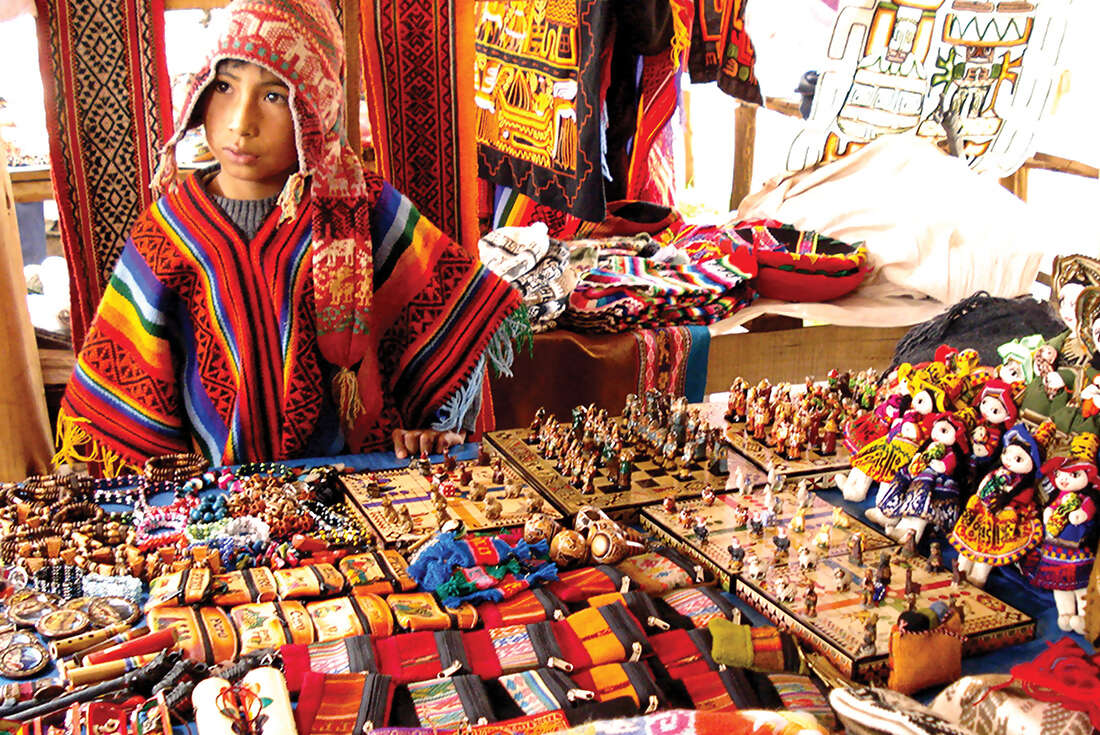

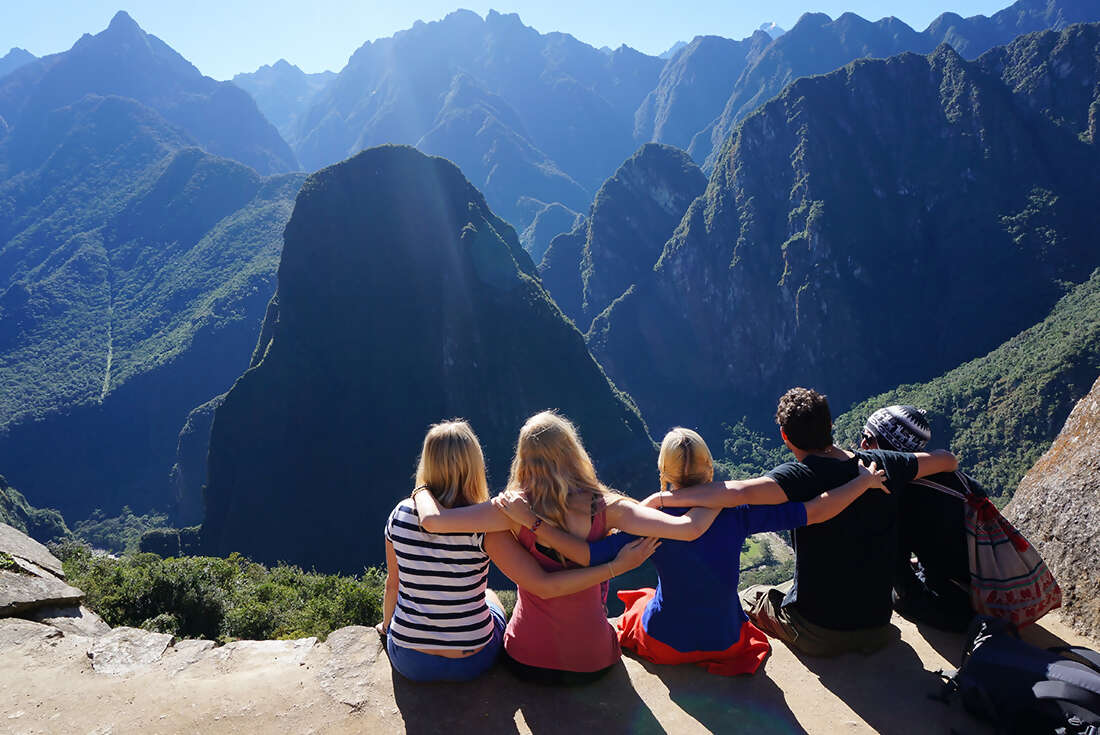

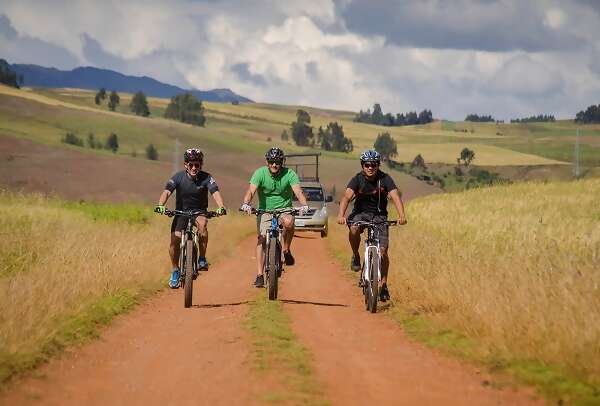


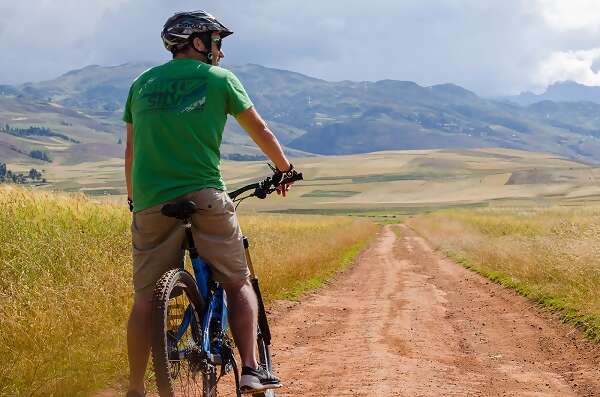
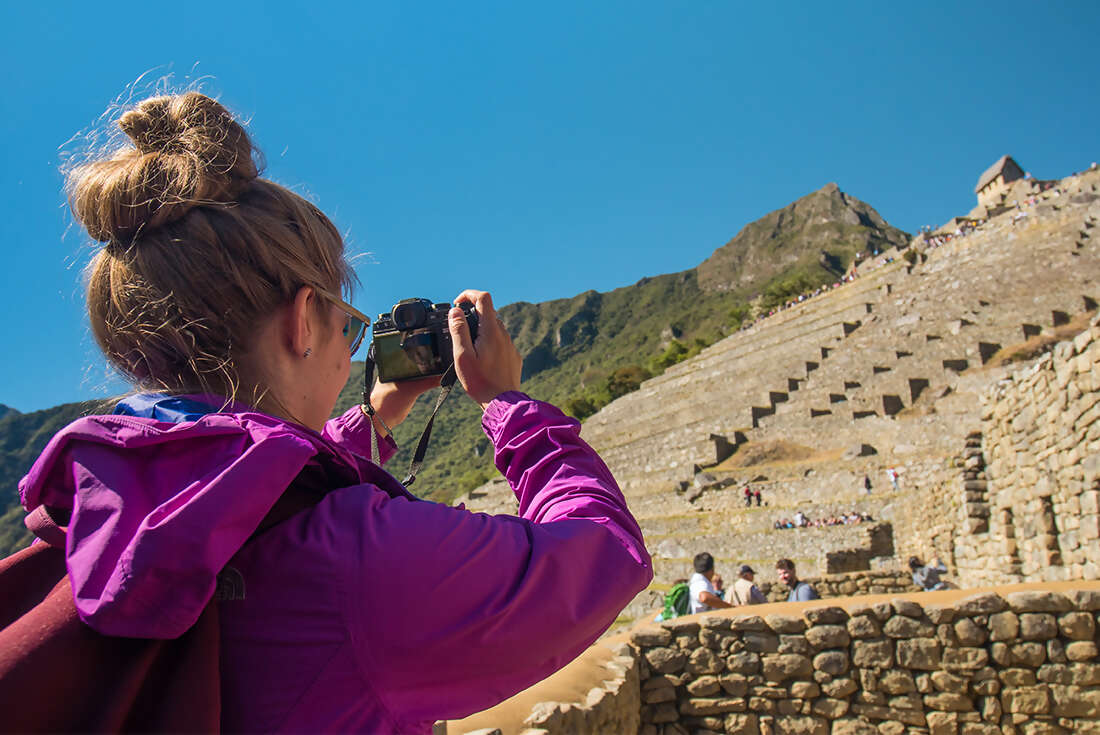
- You will visit the following places:
-

Lima
Lima is the capital and largest city of Peru. It is located in the valleys of the Chillón, Rímac and Lurín rivers, in the central part of the country, on a desert coast overlooking the Pacific Ocean. Together with the seaport of Callao, it forms a contiguous urban area known as the Lima Metropolitan Area. With a population fast approaching 9 million, Lima is the fifth largest city in Latin America, behind Mexico City, São Paulo, Buenos Aires and Rio de Janeiro. Lima is home to one of the largest financial hubs in Latin America. It has been defined as a beta world city by GaWC international rankings. It was founded by Spanish conquistador Francisco Pizarro on January 18, 1535, as La Ciudad de los Reyes, or "The City of Kings."
-

Cusco
Cusco, often spelled Cuzco, is a city in southeastern Peru, near the Urubamba Valley of the Andes mountain range. It is the capital of the Cusco Region as well as the Cusco Province. In 2013, the city had a population of 435,114. Located on the eastern end of the Knot of Cuzco, its elevation is around 3,400 m (11,200 ft). The site was the historic capital of the Inca Empire from the 13th until the 16th-century Spanish conquest. In 1983 Cusco was declared a World Heritage Site by UNESCO. It has become a major tourist destination, hosting nearly 2 million visitors a year. The Constitution of Peru designates it as the Historical Capital of Peru.